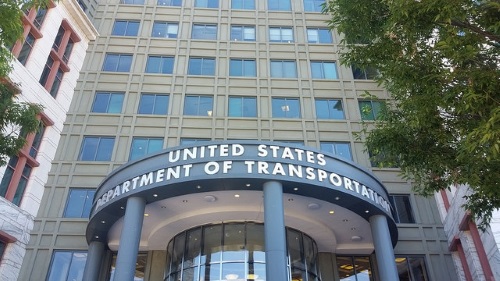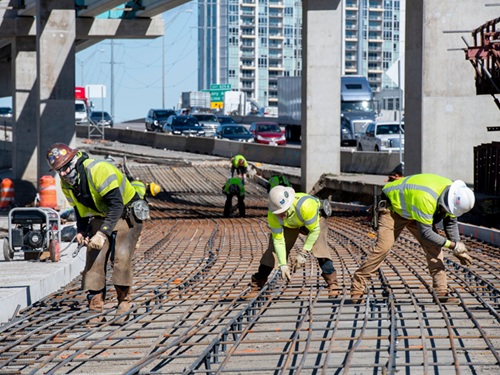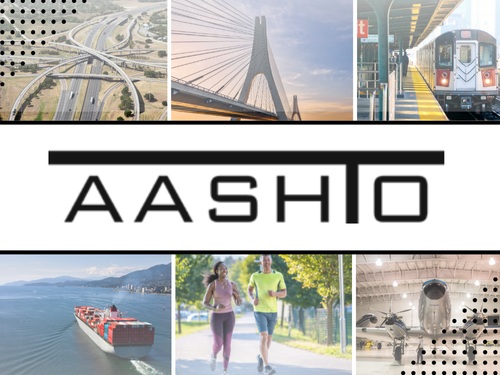Nearly eight months after it announced the creation of the $1.5 billion “better utilizing investments to leverage development” or BUILD discretionary grant program, which replaced the TIGER program, the U.S. Department of Transportation awarded funding to 91 projects in 49 states and the District of Columbia; monies supporting a wide variety road, rail, transit, port, and even broadband infrastructure projects.
[A state-by-state list of the projects that were awarded BUILD grants can be found here.]
The agency noted during a Dec. 11 event announcing the awards that demand far exceeded supply, as it received 851 eligible applications from all 50 states, as well as U.S. territories and the District of Columbia, representing collectively more than $10.9 billion in funding.

USDOT added that those applications were evaluated by a team of 222 career staff and selected based first on a broad series of criteria – such as safety, economic competitiveness, quality of life, environmental protection, and state of good repair – then on more specific goals, such as support for connected and autonomous vehicle or CAV infrastructure, broadband service to underserved communities, plus public-private sector infrastructure partnerships or P3s.
Two projects in Colorado exemplify the “specific criteria” used to award this round of BUILD grants. First, USDOT awarded more than $7 million in funding to reconstruct South Midland Avenue – including monies to install broadband infrastructure and relocate existing overhead utilities. A second Colorado project received $20 million to create a 537 mile-long commercial-scale “CAV environment” using vehicle-to-everything or V2X technology incorporating real-time communication capability. That system will send safety and mobility-critical messages directly to drivers through infrastructure-to-vehicle or I2V channels as well as notify the Colorado Department of Transportation of crashes or hazards on the road via vehicle-to-infrastructure or V2I communication.

USDOT also noted that 59 percent of the 851 applications for this round of BUILD grants were for rural projects, with 62 out of the final 91 awards funding rural projects. The agency added that, for this round of BUILD grants, the maximum award topped out at $25 million for a single project, while no more than $150 million could be awarded to a single state. On top of that, this round of grants included a $5 million minimum award for projects located in urban areas, along with a $1 million minimum for rural projects.
However, in terms of long-term transportation strategy, many in the industry believe disbursing more project monies via the existing formula-based structure, rather through such discretionary grant efforts, provides a faster and more flexible funding process.

Carlos Braceras, executive director of the Utah Department of Transportation and president of the American Association of State Highway and Transportation Officials, reiterated that point in testimony before the Senate Committee on Environment and Public Works held an informational hearing on Nov. 28
“As FAST Act [Fixing America’s Surface Transportation] reauthorization gets under way, we strongly recommend that federal funds to continue to be provided through the existing formula-based program structure directly to states,” he explained in his written remarks.
“For over one hundred years, we as a nation have enjoyed the fruits of the federal government’s highly successful partnership with state DOTs to build and maintain our surface transportation system,” Braceras said.

“Federal investment in all modes of transportation have allowed states and their local partners to fund a wide range of projects that serve the interest of the nation as a whole,” he added. “The federal surface transportation program’s inherent flexibility defers project selection and investment decision-making to state and local governments based on extensive public input from local communities and businesses to address their needs and ensure goods get access to a larger market than ever before. Putting the formula program framework … into work again to underpin the next surface transportation legislation represents the optimal approach to serve all corners of our country, improving mobility and quality of life in urban, suburban, and rural areas.”



